Metabolism
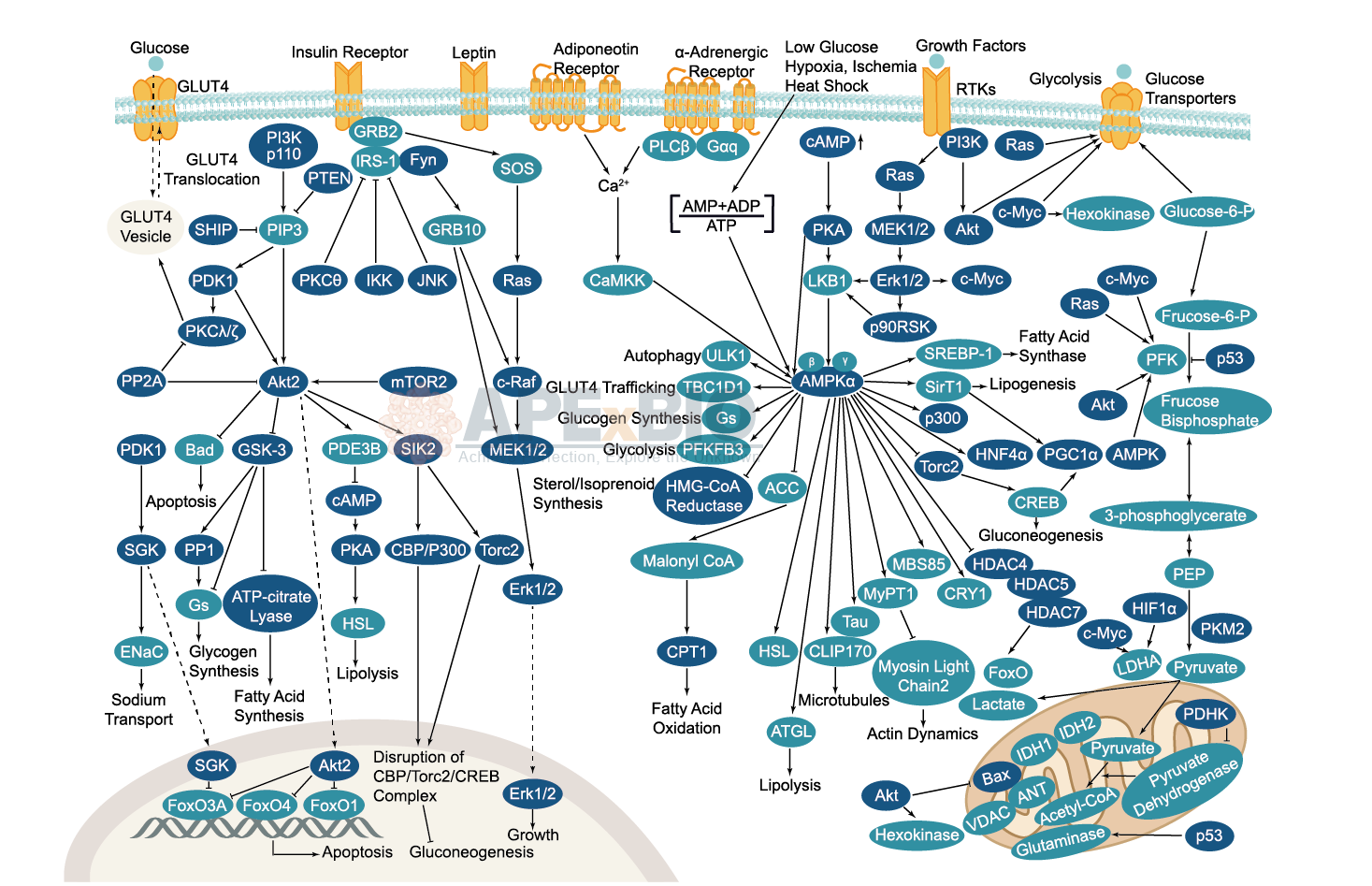
Serine/threonine kinase AMPK upregulates glucose uptake by promoting the expression and function of glucose transporters. AMPK is activated by increased AMP/ATP ratio, resulting from cellular and environmental stress, e.g. low glucose, heat shock, hypoxia and ischemia. AMPK activation positively modulates signaling transductions that refill ATP levels. Moreover, it also stimulates catabolic processes such as fatty acid oxidation and glycolysis through inhibition of ACC and activation of PFK2. AMPK negatively regulates various proteins which are important to ATP-consuming mechanisms, e.g. mTORC2, glycogen synthase, SREBP-1, and TSC2, causing the downregulation/inhibition of gluconeogenesis and glycogen, lipid and protein synthesis.
-
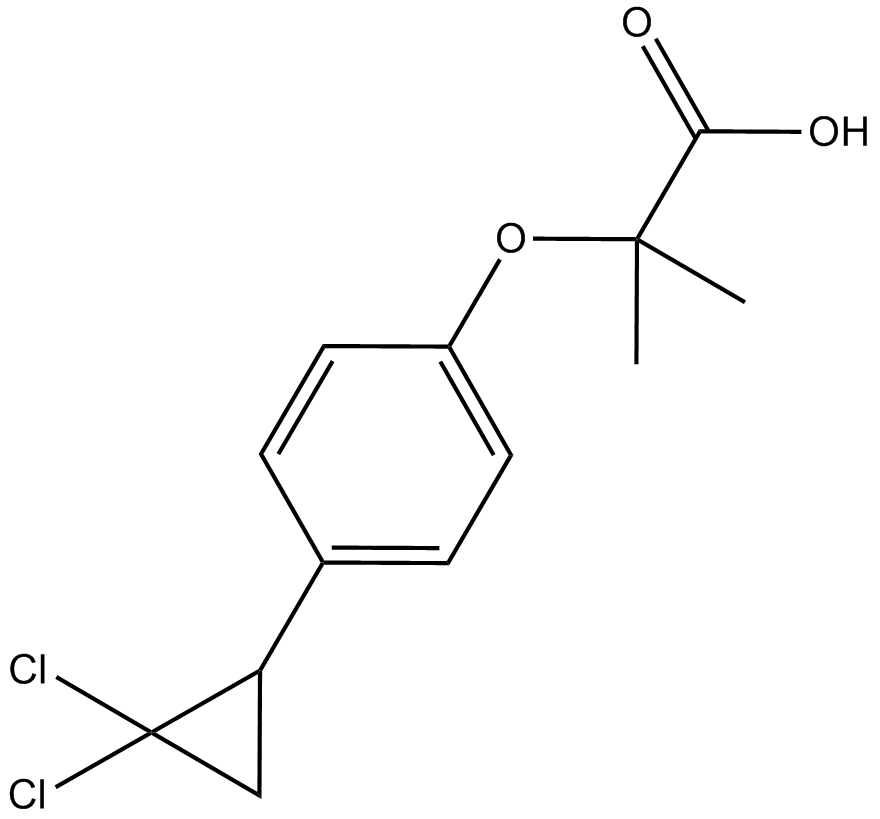 A4306 CiprofibrateSummary: PPARα agonist
A4306 CiprofibrateSummary: PPARα agonist -
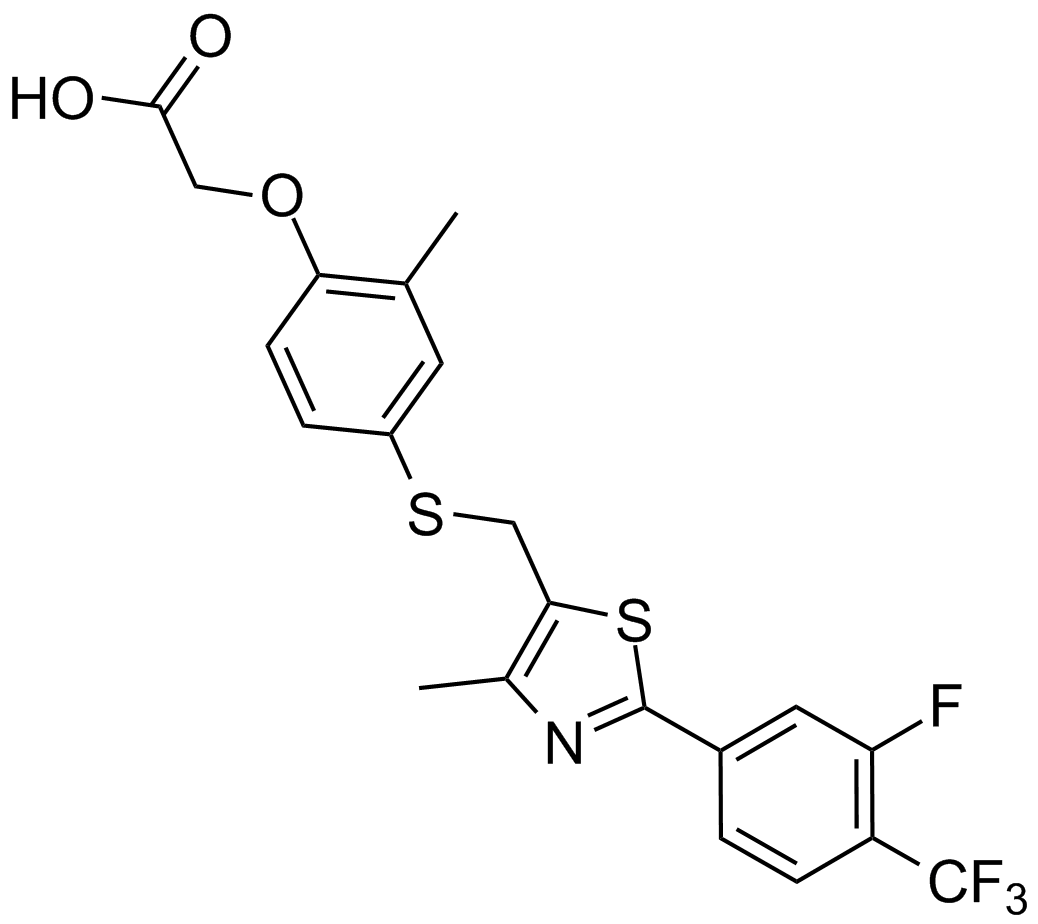 A4307 GW0742Summary: PPARδ/β agonist,potent and selective
A4307 GW0742Summary: PPARδ/β agonist,potent and selective -
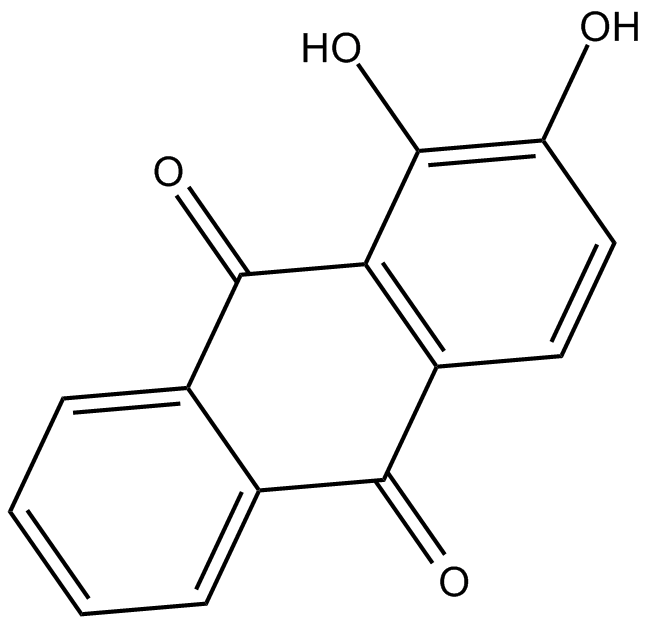 A4308 AlizarinSummary: Chelator for calcium,used to stain calcium deposites,Alizarin complexone is used for bone staining to study bone remodeling
A4308 AlizarinSummary: Chelator for calcium,used to stain calcium deposites,Alizarin complexone is used for bone staining to study bone remodeling -
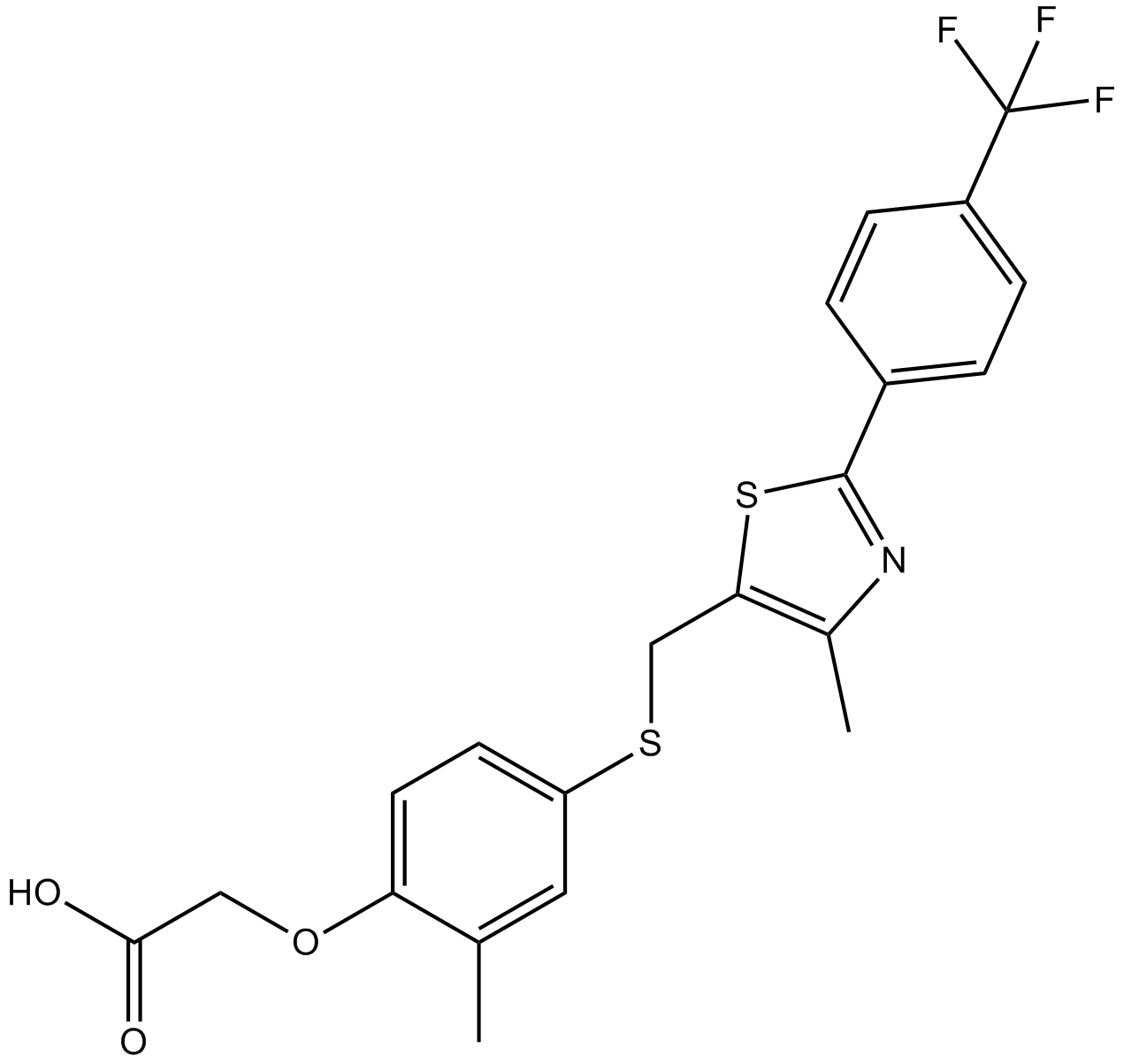 A4309 GW5015161 CitationSummary: PPARδ agonist,selective and potent
A4309 GW5015161 CitationSummary: PPARδ agonist,selective and potent -
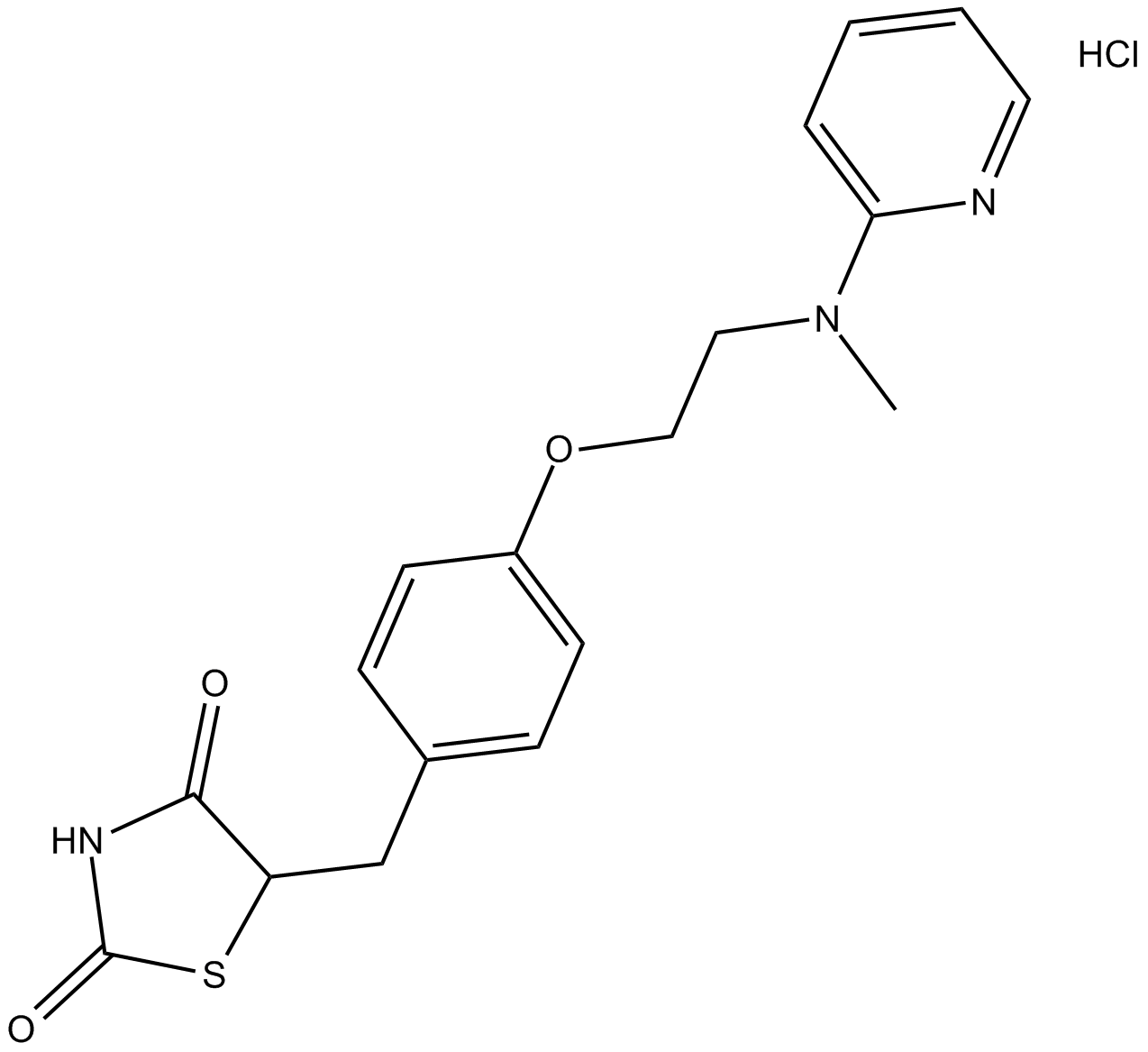 A4310 Rosiglitazone HClSummary: PPARγ agonist
A4310 Rosiglitazone HClSummary: PPARγ agonist -
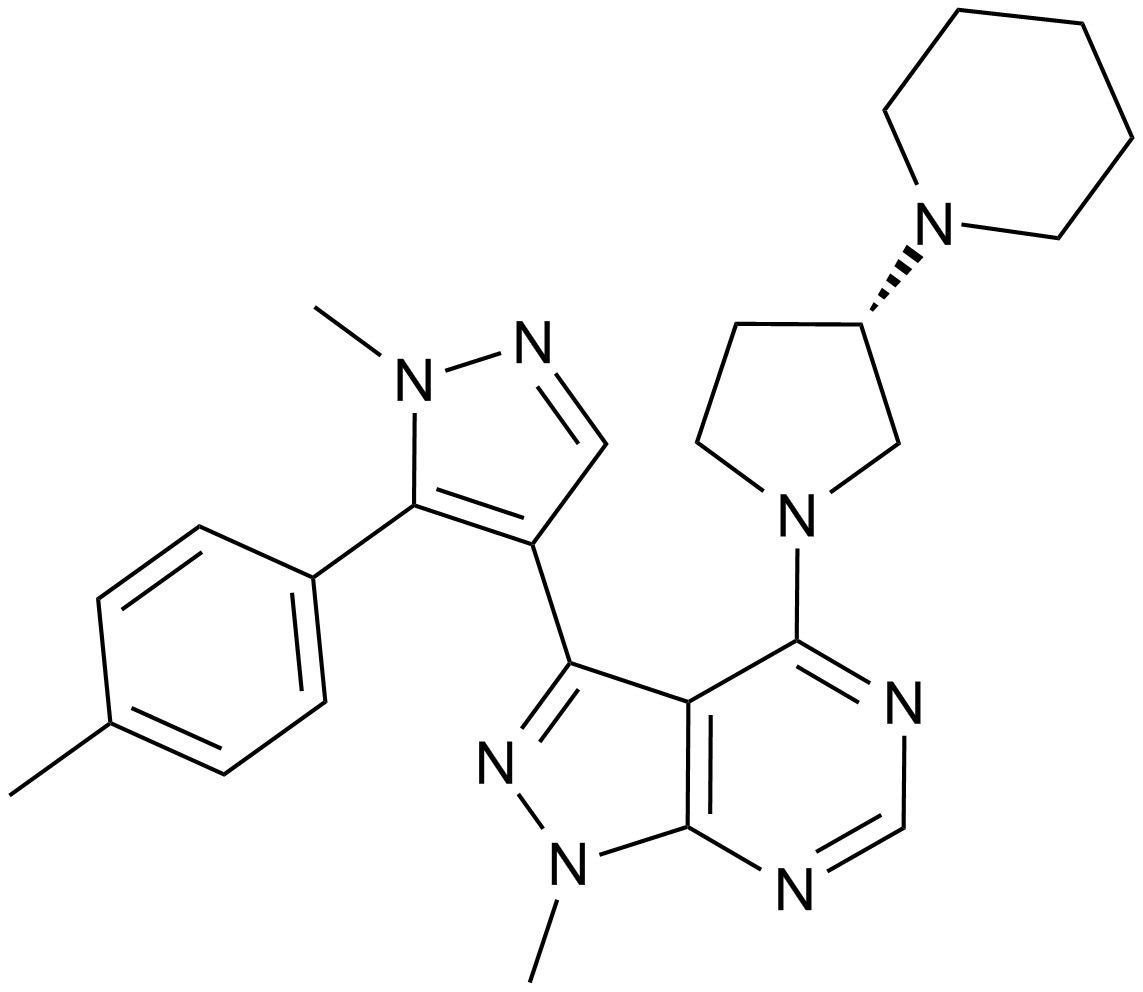 A4311 PF-4981517Summary: CYP3A4 inhibitor,potent and selective
A4311 PF-4981517Summary: CYP3A4 inhibitor,potent and selective -
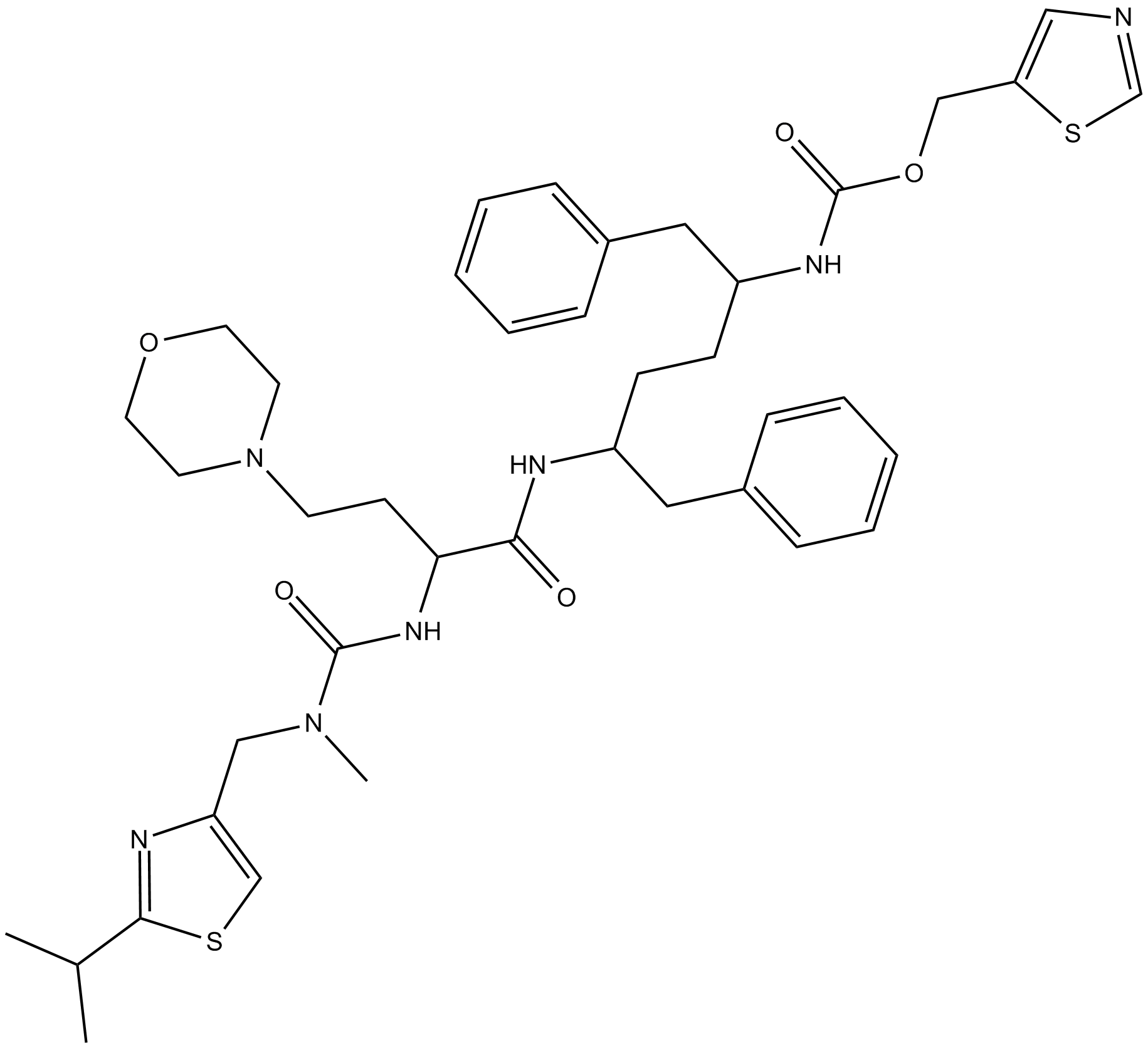 A4313 Cobicistat (GS-9350)Target: Cytochrome P450 (CYP450)Summary: Selective CYP3A inhibitor
A4313 Cobicistat (GS-9350)Target: Cytochrome P450 (CYP450)Summary: Selective CYP3A inhibitor -
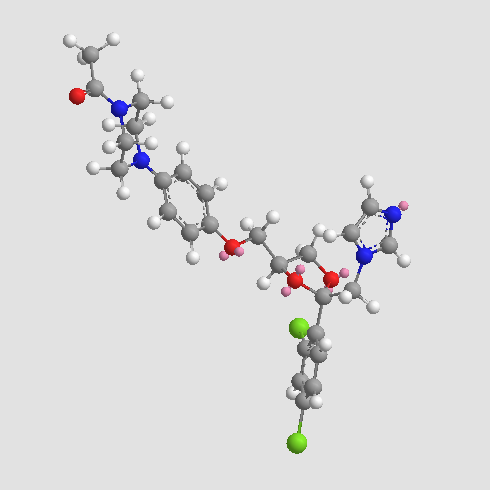 A4316 KetoconazoleTarget: Cytochrome P450 (CYP450)Summary: Inhibitor of cyclosporine oxidase and testosterone 6 beta-hydroxylase
A4316 KetoconazoleTarget: Cytochrome P450 (CYP450)Summary: Inhibitor of cyclosporine oxidase and testosterone 6 beta-hydroxylase -
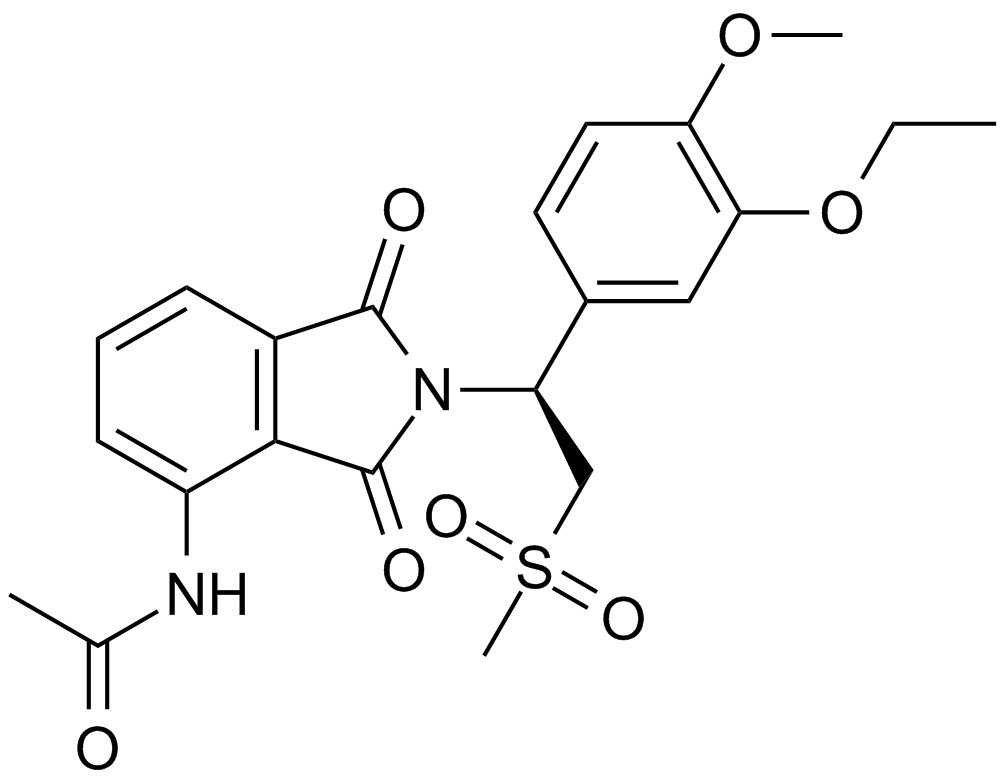 A4317 Apremilast (CC-10004)Target: Phosphodiesterases (PDEs)Summary: PDE4 inhibitor
A4317 Apremilast (CC-10004)Target: Phosphodiesterases (PDEs)Summary: PDE4 inhibitor -
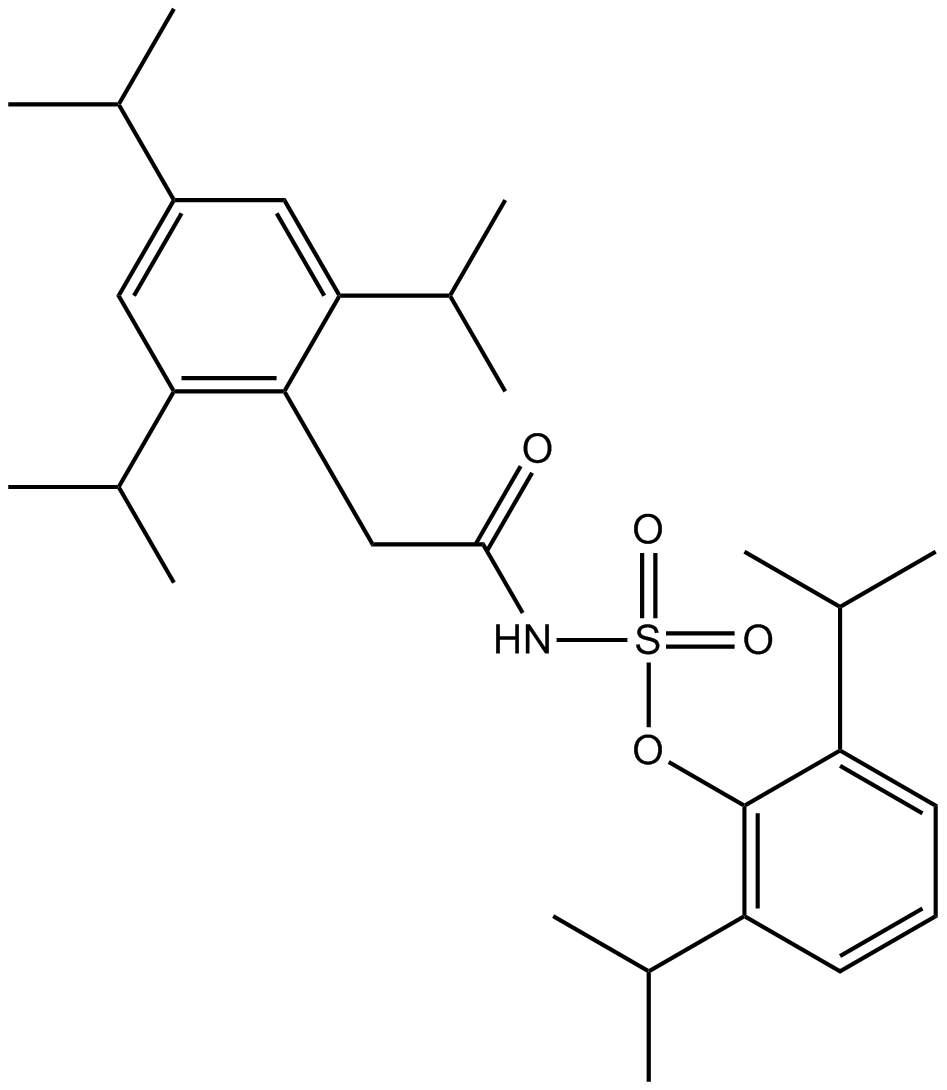 A4318 AvasimibeTarget: Acyl coenzyme A: cholesterol acyltransferasesSummary: ACAT inhibitor,orally bioavailable
A4318 AvasimibeTarget: Acyl coenzyme A: cholesterol acyltransferasesSummary: ACAT inhibitor,orally bioavailable

